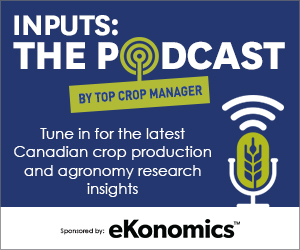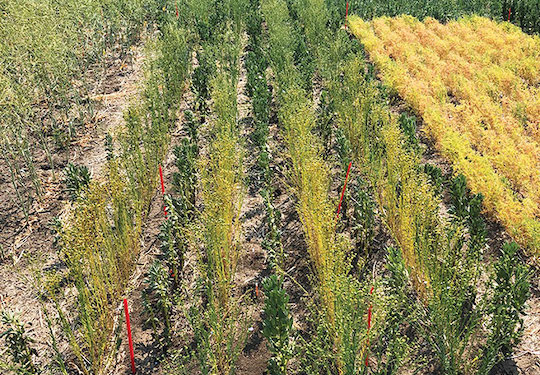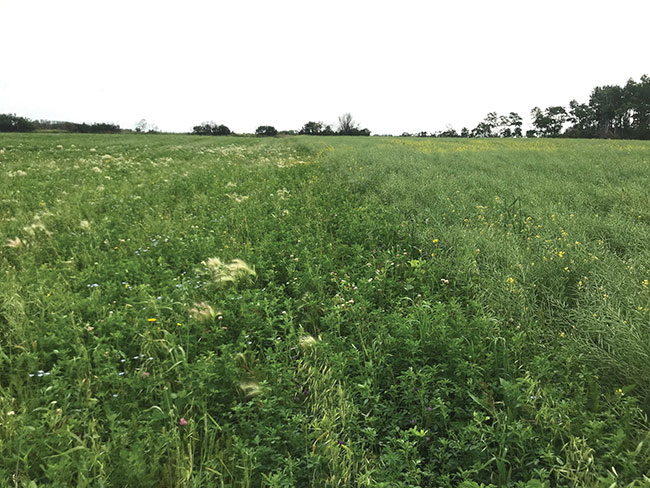| |
| |
 |
 |
| |
 |
|
@{mv_date_MMM d, yyyy}@ |
|
| |
| |
| |

Brought to you by The Mosaic Company
Want an extra 7.2 bu/ac of corn, or 2.5 bu/ac of soybean? Then you want the Mighty Micro. For the balanced crop nutrition your crops need. The Mighty Micro
|
|
| |
|
| |
|
| |
 The fall rest period – sometimes called the “critical fall harvest period” – for alfalfa is approximately six weeks before the average date of the first killing frost, when alfalfa stops growing.
» Read More...
The fall rest period – sometimes called the “critical fall harvest period” – for alfalfa is approximately six weeks before the average date of the first killing frost, when alfalfa stops growing.
» Read More...
Farmers are always looking for ways to run their operations as efficiently as possible. However, there's no clear roadmap for how best to achieve that goal.
» Read More...
The Rural Economic Development (RED) program supports projects that diversify rural economies, retain skilled workers and create jobs in local communities.
» Read More...
|
| |
 |
 |
| |
|
| |

Busy harvesting and planning for next season, September is a hectic time for farmers in Western Canada. This past year proved to be a challenging one for growers in the Prairies – whether it was dealing with fluctuating weather patterns, trying to maintain soil health for next spring or keeping machinery clean and working efficiently, growers have a lot on their plate right now.
In this episode of Inputs, Carmen Prang, an agronomy extension specialist with the Saskatchewan Wheat Development Commission, talks about some best practices when it comes to harvesting wheat in Western Canada, as well as some tips on how set yourself up for success next spring.
» Listen now... |
| |
|
| |
 Intercropping systems are gaining interest as they can provide crop health and yield benefits and lower production costs. Although these intercropping systems can also improve soil health, there is limited information about how intercropping affects soil health indicators. Researchers at the University of Saskatchewan are trying to answer some of those questions.
» Read more...
Intercropping systems are gaining interest as they can provide crop health and yield benefits and lower production costs. Although these intercropping systems can also improve soil health, there is limited information about how intercropping affects soil health indicators. Researchers at the University of Saskatchewan are trying to answer some of those questions.
» Read more... |
| |
 Planting forages in marginal areas damaged by compaction, erosion or salinity issues have a range of benefits. This time, farmers could get paid for the practice through Ducks Unlimited Canada’s Marginal Areas Program. Producers who sign on are paid $150 per acre in exchange for a commitment to leave those areas in forages for ten years.
» Read more...
Planting forages in marginal areas damaged by compaction, erosion or salinity issues have a range of benefits. This time, farmers could get paid for the practice through Ducks Unlimited Canada’s Marginal Areas Program. Producers who sign on are paid $150 per acre in exchange for a commitment to leave those areas in forages for ten years.
» Read more... |
| |
| |
|
| |

|
| |
| |










